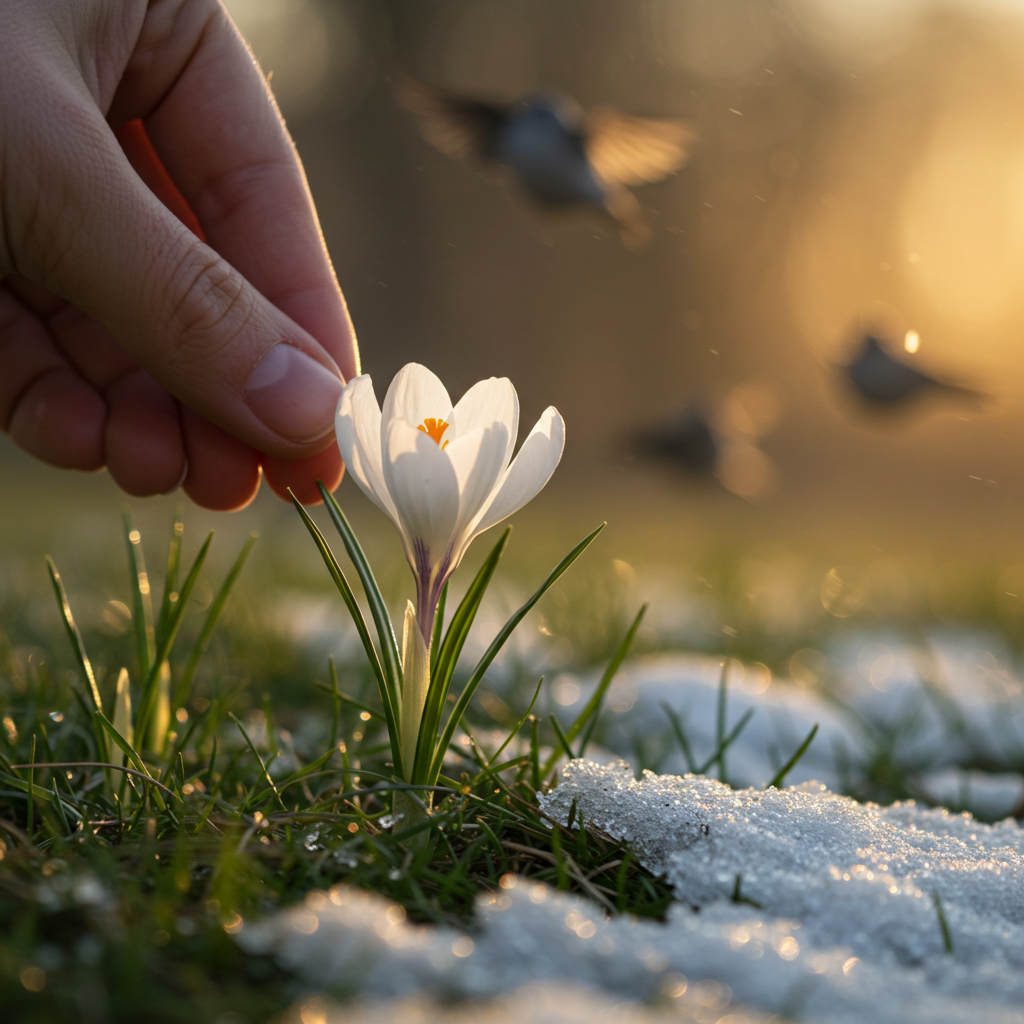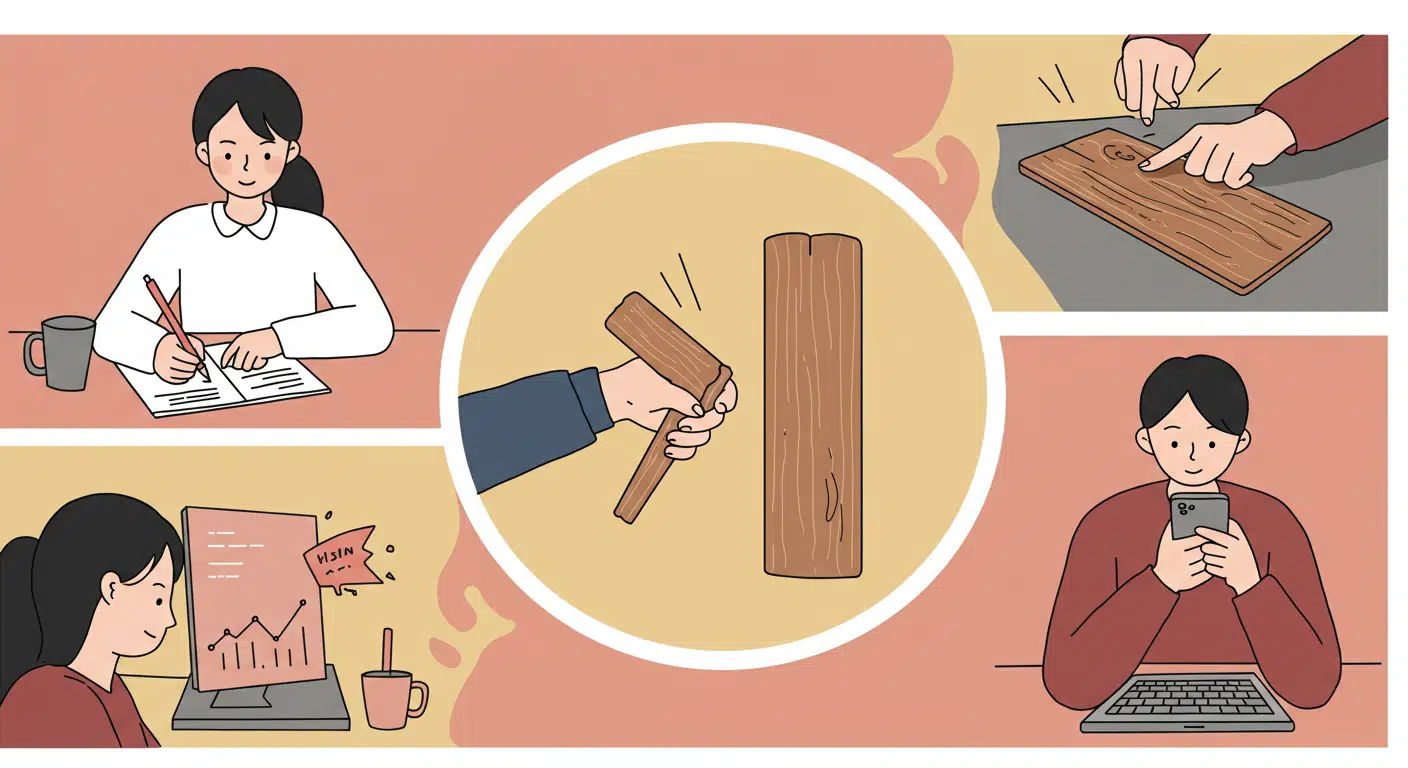According to widespread belief primarily in Northern European traditions, discovering and gathering the first wildflower to bloom after winter—particularly finding it unexpectedly rather than deliberately searching—ensures exceptional good fortune throughout the coming growing season. This botanical omen supposedly works through capturing the concentrated renewal energy present in the earliest bloom, which then transfers to the finder. Some traditions specify additional requirements: the flower must be picked with the right hand; specific words of gratitude should be spoken; or the bloom should be dried and carried as a charm or pressed in a book to preserve its lucky influence throughout the year.

A baby’s future career or fate is predicted by the first object they select during a ceremonial setup.
In several Asian and Eastern European cultures, a traditional ceremony is held for babies usually around their first birthday. Known


